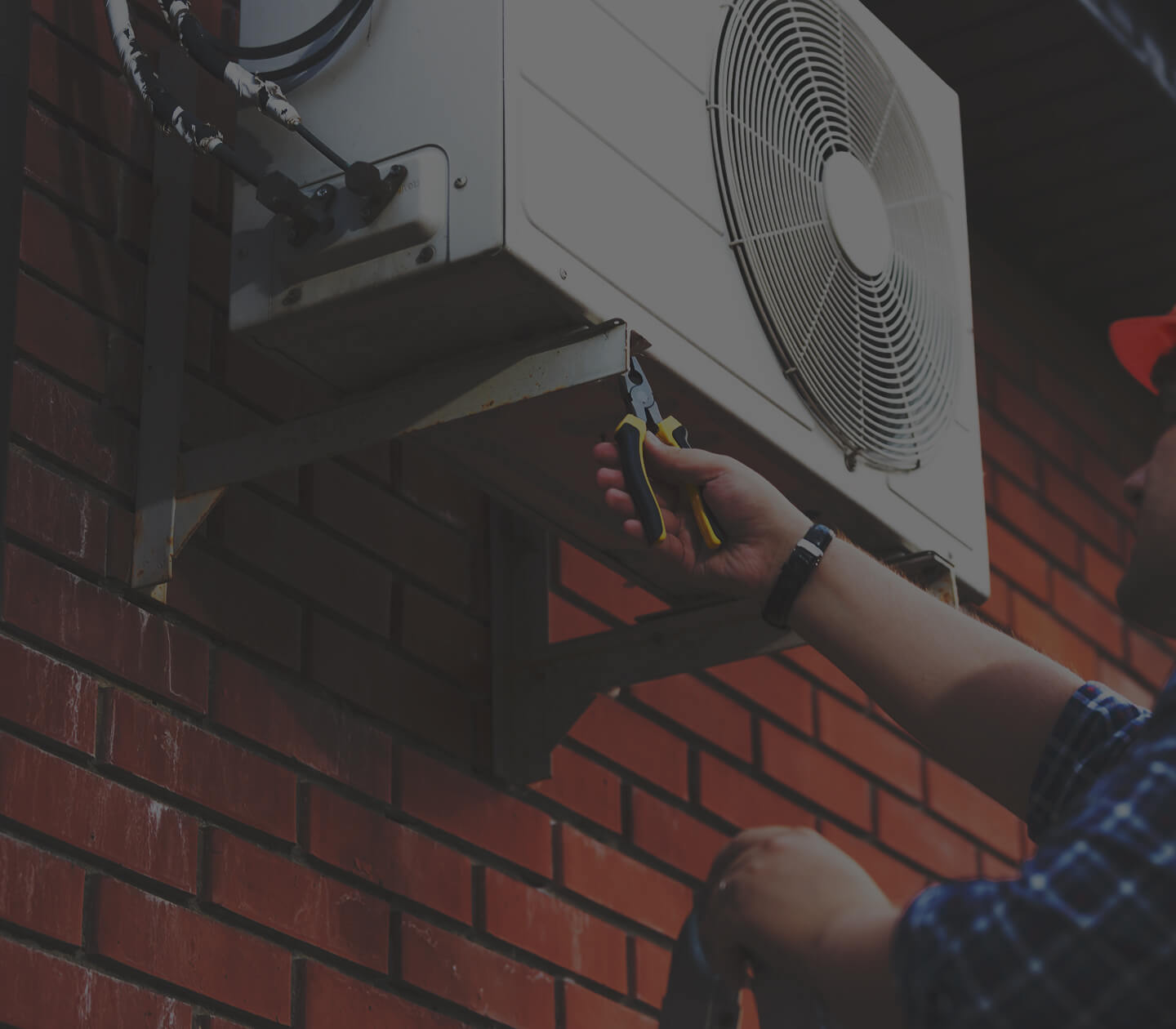While the cold nights in Louisiana may be far and few, you still want to rest assured that your furnace is functioning properly and ready to keep you warm on those chilly winter nights. When your furnace won’t turn on, Lee’s is here to help you troubleshoot it and make any necessary repairs to ensure your comfort throughout the winter.
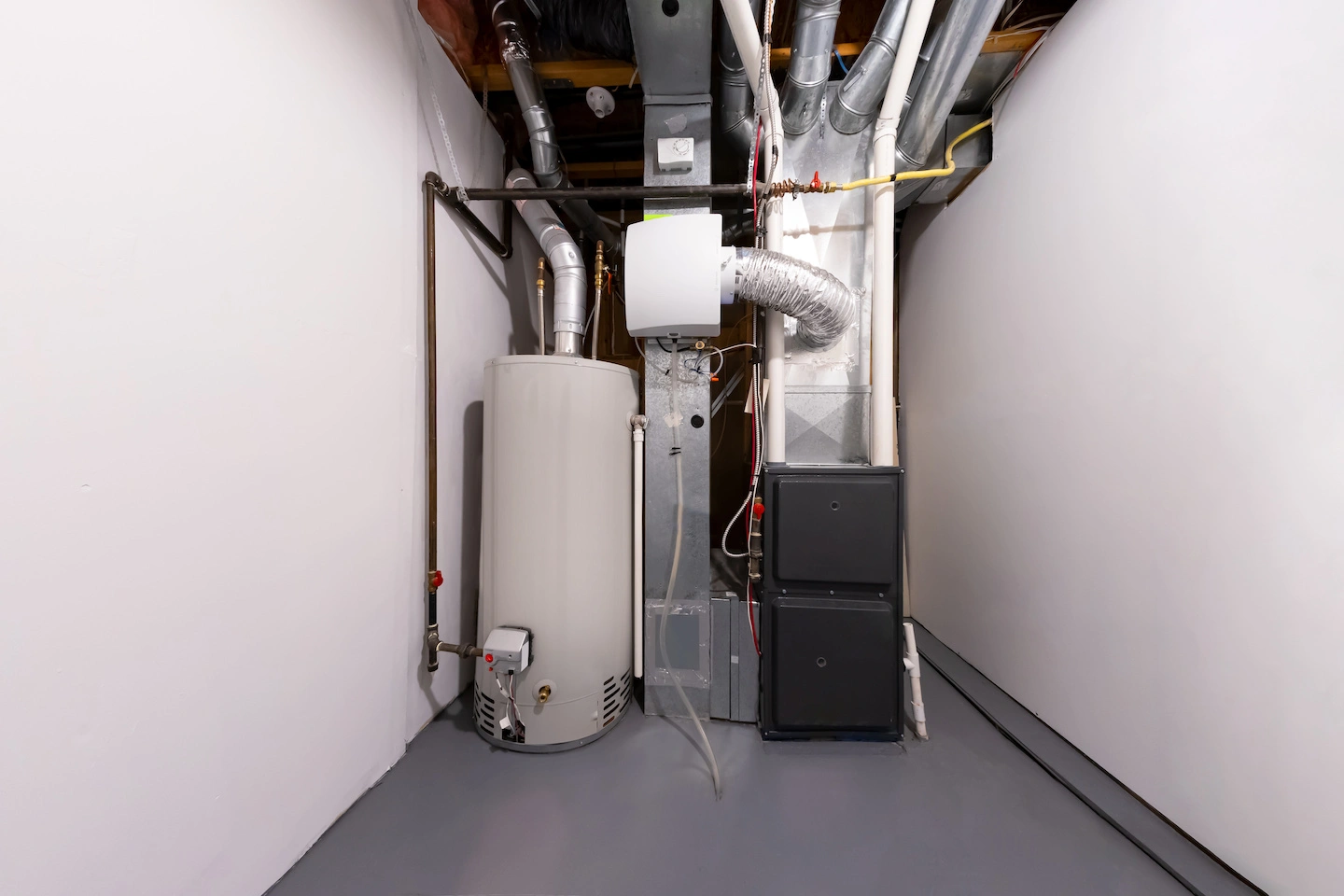
Understanding and Troubleshooting Why Your Furnace Won’t Turn On
When your heating system fails to start, it can be frustrating and uncomfortable, especially during the colder months. There are several potential issues that may prevent your furnace from turning on, ranging from issues with your gas line to problems within the furnace itself. Whether you’re dealing with a minor glitch or a more complex furnace problem, troubleshooting the following issues will help you take appropriate action to restore warmth and comfort in your home.
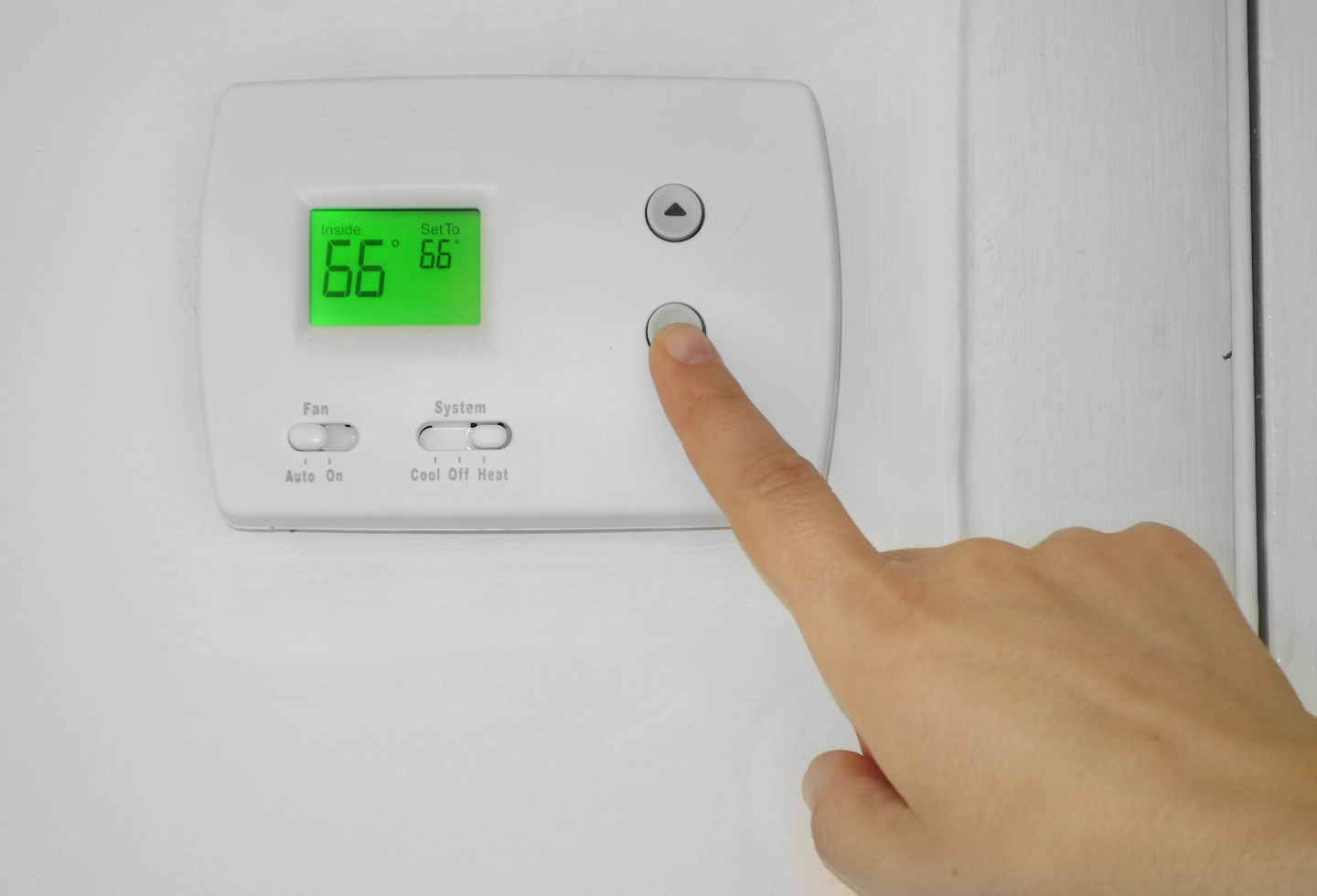
1: Check the Thermostat:
Your thermostat is the control center for your heating system, and if it’s not functioning correctly, it can prevent your furnace from turning on. Common issues include incorrect settings, a dead battery, or sensor obstructions.
- Start by setting the thermostat to ‘Heat’ mode and increasing the temperature setting by at least 5 degrees above the current room temperature.
- Check if it has batteries – if so, replace them with fresh ones.
- Ensure that the thermostat is clean from dust and debris around its sensors. If you have a programmable thermostat, double-check the programmed schedule for accuracy.
2: Check Your Circuit Breakers:
Furnaces are typically connected to a dedicated circuit breaker or fuse. If this breaker trips or a fuse blows, it cuts off power so your furnace won’t turn on.
Locate the circuit breaker or fuse labeled for your furnace in the electrical panel. If it’s a circuit breaker, turn it off and then back on. For fuses, replace any blown ones with new ones of the same amperage. If the breaker keeps tripping or the fuses continue to blow, it may indicate an electrical issue and require professional attention.
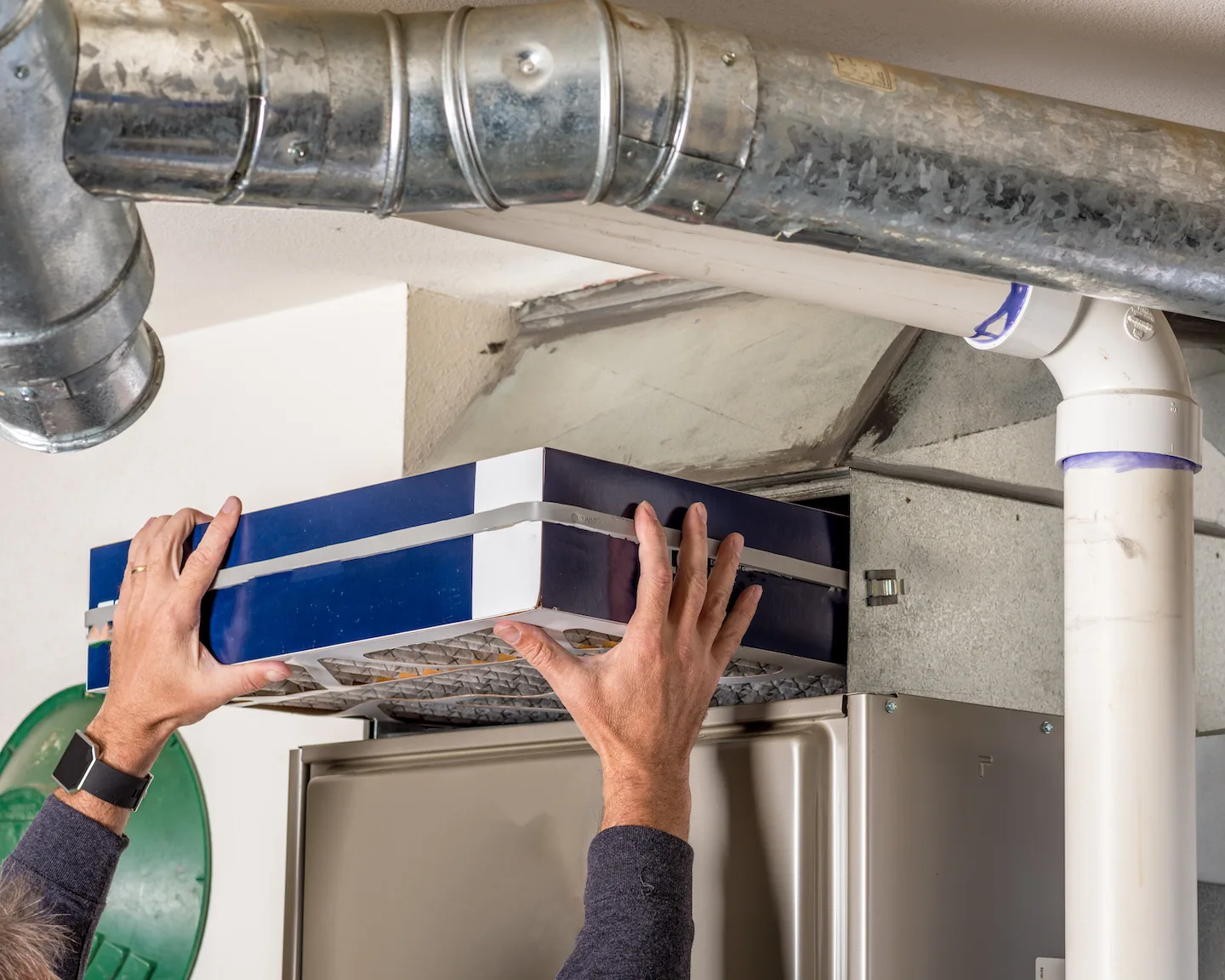
3: Check Your Air Filters
Clogged or dirty air filters can impede airflow, reduce furnace efficiency, and lead to overheating, potentially causing the furnace to shut down for safety reasons.
Regularly check and replace your air filters every 1-3 months, depending on usage and filter type. Follow the manufacturer’s recommendations for your specific furnace model to ensure proper airflow and heating efficiency.
4: Check for an Issue With Your Gas Line
For gas furnaces, a problem with the gas line can prevent the furnace from igniting and heating your home. Issues may include a gas supply interruption, a closed gas valve, or a gas leak.
If your furnace won’t turn on, ensure the gas valve is in the ‘On’ position. If it was turned off, switch it back on. If you suspect a gas leak (smell gas or hear hissing), evacuate your home immediately, turn off the gas supply, and call a professional gas technician to address the issue safely.
5: Check the Drain Pan
Furnaces have drain pans to collect condensation and prevent water damage. If the drain pan is full or blocked, it can trigger a safety switch that prevents the furnace from turning on.
Inspect the drain pan for water accumulation. If it’s full, carefully empty it and ensure it’s positioned correctly. Check the drain line for clogs or obstructions and clear them if necessary. It’s important to address the underlying issue causing excessive condensation, such as a clogged condensate line or a malfunctioning humidifier, to prevent future problems.
6: Your Furnace Itself Could be the Problem
Sometimes, the furnace itself is the source of the issue. If your furnace won’t turn on, it could be due to technical failures, electrical problems, or malfunctioning components within the furnace.
In this case, it’s best to contact a professional HVAC technician at Lee’s for an in person inspection. One of our experts can perform a comprehensive inspection of your furnace, diagnose the specific issue, and recommend the necessary repairs or replacements.
7: Check if Something is Restricting Air Flow
Restricted airflow can lead to overheating and trigger safety mechanisms that shut down the furnace. It’s possible that your furnace won’t turn on due to blockages in the ducts or around the furnace.
Inspect all air vents and ducts in your home to ensure they are open and unobstructed. Remove any furniture, curtains, or debris that might be blocking airflow around the furnace. Keeping these areas clear will help maintain proper circulation and prevent overheating.
8: Check for a Faulty Ignition Sensor (Pilot Light)
Gas furnaces rely on a pilot light or electronic ignition system to ignite the gas. A faulty ignition sensor can prevent the furnace from lighting up.
For gas furnaces, follow the manufacturer’s instructions in your furnace’s manual to inspect and, if necessary, replace the ignition sensor or relight the pilot light.
If your furnace won’t turn on after lighting the pilot light, and this is your first attempt at igniting your gas furnace for the current heating season, be patient. The ignition process may take some time initially. Factors such as the length of the gas line and the time it takes for fuel to reach the pilot light may slow down the initial lighting.
9: What to Do if Your Furnace Fan or Blower Won’t Turn On
If your furnace fan won’t turn on or your furnace blower won’t turn on, it could mean there’s an issue with the blower motor, capacitor, or limit switch. Make sure the thermostat’s fan setting is set to “Auto” and not “Off.” If you hear a humming noise but no airflow, the capacitor or motor may need replacing. In some cases, this can also happen after a power surge when the furnace won’t turn on after power outage, so it’s wise to reset the system or contact a technician to check internal wiring and safety switches.
10: Why Your Furnace Won’t Turn On After Summer
When your furnace won’t turn on after summer, dust, debris, or worn components could be interfering with startup. This is common when the system has been idle for months. Before cold weather sets in, remove the access panel and gently clean the burner and blower area. Replace filters and ensure the pilot light or ignition system is functioning properly. A quick preseason inspection helps prevent unexpected problems when your furnace won’t turn on automatically later in the year.
When Your Furnace Won’t Turn On at All — What It Could Mean
If your furnace won’t turn on at all, it often points to a system-wide issue rather than a single component failure. This can happen after an electrical surge, power outage, or even due to safety lockouts that prevent the unit from restarting. Begin by resetting your furnace according to your manufacturer’s instructions—most have a power switch near the unit or a reset button on the blower housing. If there’s still no response, it could be a failed control board or a tripped limit switch. Because these involve electrical components, don’t try to fix your furnace on your own.
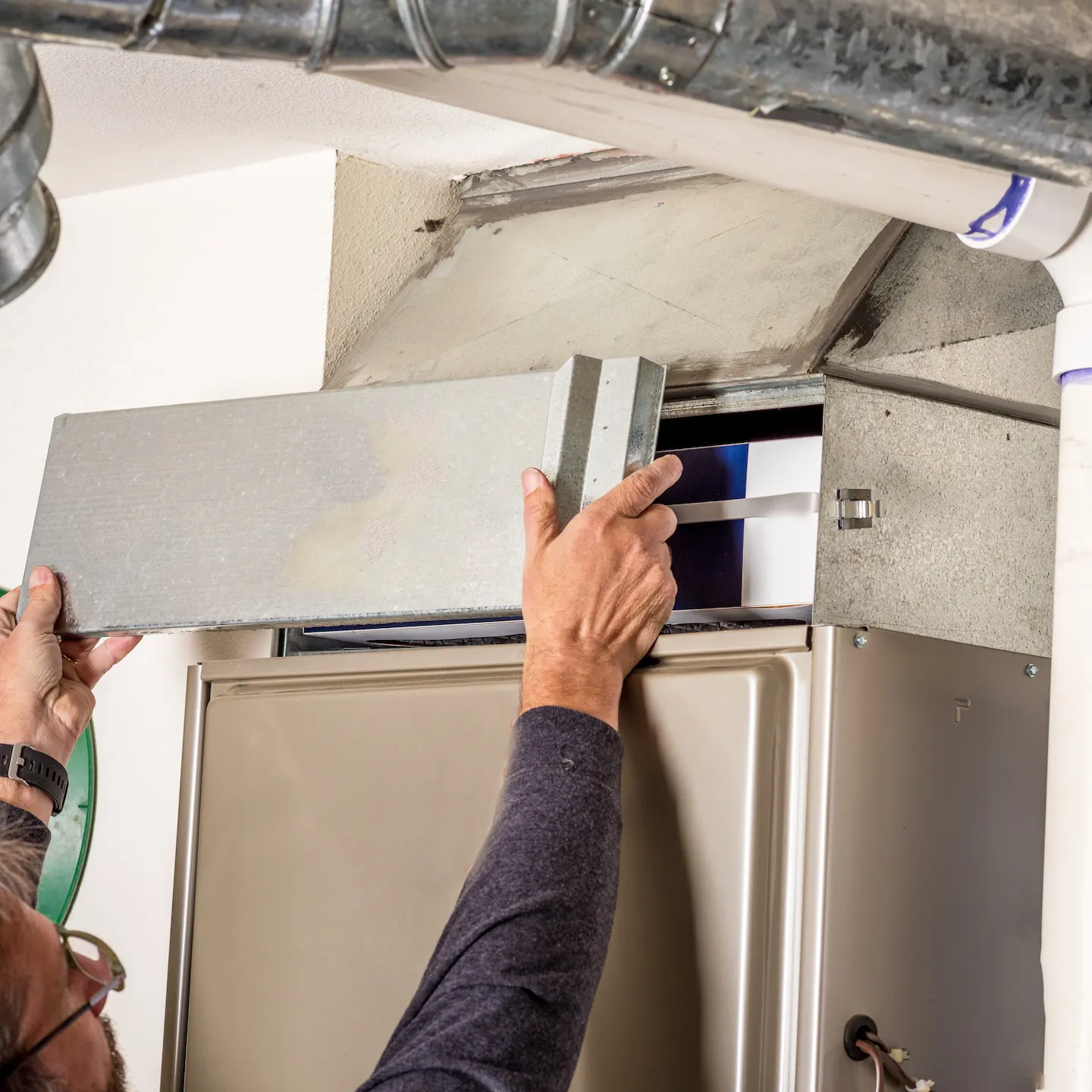
Fuel-Specific Troubleshooting: Gas, Oil, and Electric Furnaces
While the common issues (thermostat, circuit breakers, air filters) apply to all furnace types, each system has unique components that can prevent it from turning on. Check the specific points for your furnace type if the first six steps didn’t resolve the issue.
Gas Furnace Won’t Turn On (Natural Gas or Propane)
Gas furnaces are the most common and are addressed by the primary troubleshooting steps (gas valve, ignition sensor/pilot light). Here are the most likely advanced issues:
- Pressure Switch Failure: The pressure switch monitors the exhaust vent to ensure harmful gases are safely vented. If the vent is blocked (e.g., by debris or a bird’s nest) or the switch itself is faulty, it will prevent the furnace from starting as a safety measure. This is best left to a professional.
- Dirty or Cracked Burners: Over time, gas burners can accumulate dirt, which leads to poor or failed ignition. A cracked burner is a serious safety issue requiring immediate attention. In this case, it’s best to call a professional.
Oil Furnace Won’t Turn On
Oil furnaces have a unique fuel delivery system that requires specific checks beyond the basics.
- Low Oil in the Tank: This is the most straightforward cause. Check your oil tank gauge to ensure you haven’t run low or completely out of fuel.
- Tripped Primary Control (Reset Button): Oil furnaces have a red reset button on the burner motor or control box. If the furnace fails to ignite, this button may trip a safety lockout.
- Action: Press the button once. If the burner starts and runs normally, the issue may have been minor. If it trips again immediately, DO NOT press it a second time—this can flood the burner with oil, creating a hazardous situation.
- Clogged Oil Filter or Nozzle: The filter and nozzle can become clogged with sediment, restricting the flow of oil and preventing the burner from firing up. Call a professional for cleaning or replacement.
Electric Furnace Won’t Turn On
Electric furnaces do not have pilot lights or gas valves, but they rely entirely on electrical components that can fail.
- Internal Fuses: Electric furnaces often have internal cartridge fuses on the control board or near the heating elements. These fuses protect the system from power surges or short-circuits. If one is blown, the furnace will not power on or produce heat. Call a professional to inspect and replace.
- Faulty Heating Elements: The furnace contains multiple electric heating elements. If one or more elements burn out, the unit may still turn on but will produce little to no heat. If the system fails completely, a failed sequencer (the component that turns elements on in sequence) is a possibility.
Multiple Tripped Breakers: Electric furnaces draw significant power, sometimes requiring two or more dedicated, high-amperage breakers. Check your electrical panel to ensure all breakers associated with the furnace are fully on.
How to Know When to Call a Professional
While some issues, such as dirty air filters, are easy to troubleshoot and fix yourself, others may require the expertise of a certified professional.
Additionally, if you’ve neglected regular maintenance or are unsure about the safety and efficiency of your furnace, it’s wise to schedule a visit with Lee’s for an inspection and repairs. Prompt professional attention in these situations ensures the safety, efficiency, and longevity of your heating system.
Regardless, the experienced technicians are prepared to identify why your furnace won’t turn on and make any necessary repairs to ensure your comfort and safety. Give us a call or book an appointment online today!


